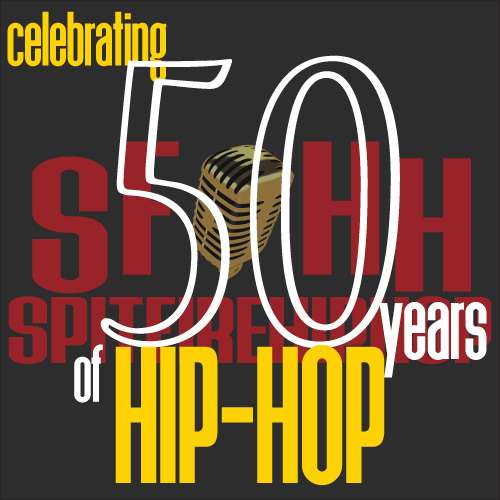
Hip-Hop has changed the lives of many since its inception.
Hip-Hop is a cultural movement that emerged in the Bronx, New York City in the late 1960s and has since then become a global phenomenon. The genre is characterized by a combination of rapping, DJing, breakdancing, and graffiti art. This year, Hip-Hop celebrates its 50th anniversary, marking half a century since its birth. We will explore the history of Hip-Hop and how it has evolved over the past 50 years.
Origins of Hip-Hop
Hip-Hop originated in the South Bronx during the late 1960s, a time when the area was plagued by poverty, crime, and gang violence. Young people in the community sought an outlet to express themselves and escape the harsh realities of their surroundings. They found it in the form of parties, which were organized by DJs who would play records and create a dance-friendly atmosphere.
One of the most notable DJs during this time was DJ Kool Herc, who is widely credited as the father of Hip-Hop. He would play the “breaks” of records, which were the instrumental sections of songs that were most danceable. This laid the foundation for what would become known as breakdancing.
As the parties grew in popularity, MCs (or rappers) began to emerge, providing a vocal element to the music. The MCs would often freestyle over the beats provided by the DJs, creating a call-and-response dynamic with the crowd.
The Golden Age of Hip-Hop
The late 1980s to the mid 90s, is often referred to as the Golden Age of Hip-Hop. During this time, Hip-Hop began to gain mainstream attention, with artists like Run-DMC, LL Cool J, and Public Enemy breaking into mainstream music.
The music during this era was characterized by its sample-heavy production, with producers often taking snippets of old funk and soul records and repurposing them into new beats. This era also saw the rise of the music video, which allowed hip hop to reach an even wider audience.
The Rise of Gangsta Rap
The 1990s saw the rise of gangsta rap, which was characterized by its gritty, often violent lyrics. Artists like N.W.A, and Ice-T, were at the forefront of this subgenre, which reflected the realities of life in inner-city America.
Gangsta rap was controversial, with some accusing it of glorifying violence and perpetuating negative stereotypes. However, it was also a powerful form of social commentary, shining a light on issues like police brutality and poverty.
Hip Hop Goes Mainstream
The 2000s saw Hip-Hop become even more mainstream, with artists like Jay-Z, Eminem, and Kanye West achieving mainstream success. Hip hop also began to merge with other genres, such as pop and rock, resulting in collaborations like Jay-Z and Linkin Park’s “Numb/Encore.”
Today, Hip-Hop continues to evolve, with new artists like Kendrick Lamar, Drake, and Cardi B pushing the genre in new directions. Hip-Hop has also become a global phenomenon, with artists from around the world incorporating elements of hip hop into their music.
Hip-Hop has come a long way since its origins in the Bronx 50 years ago. It has evolved from a niche subculture to a global phenomenon, and has influenced music, fashion, and art around the world. While the genre has faced its share of controversy and criticism, it remains a powerful form of self-expression and social commentary. As we look to the future, it will be exciting to see how Hip-Hop continues to evolve and shape popular culture.


















